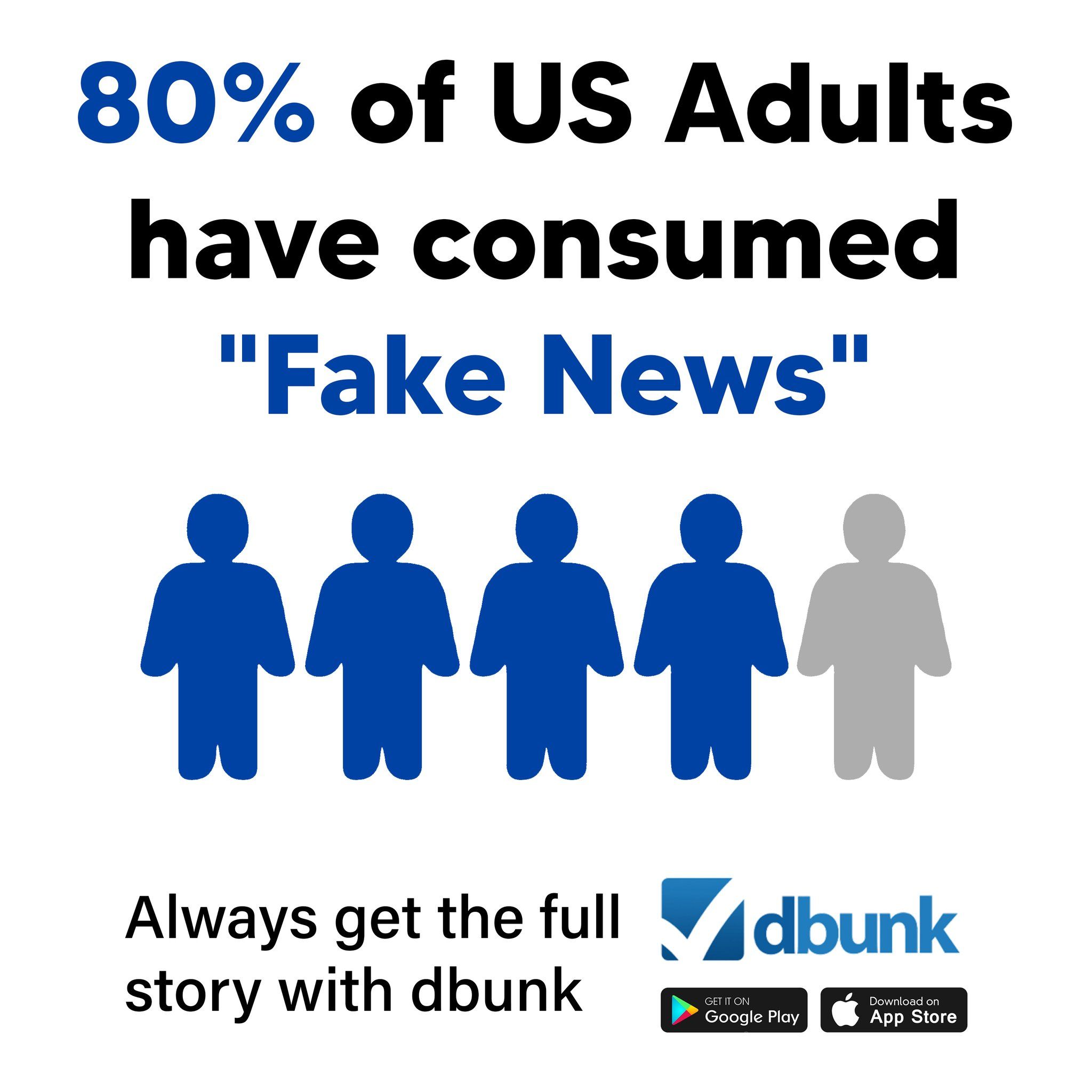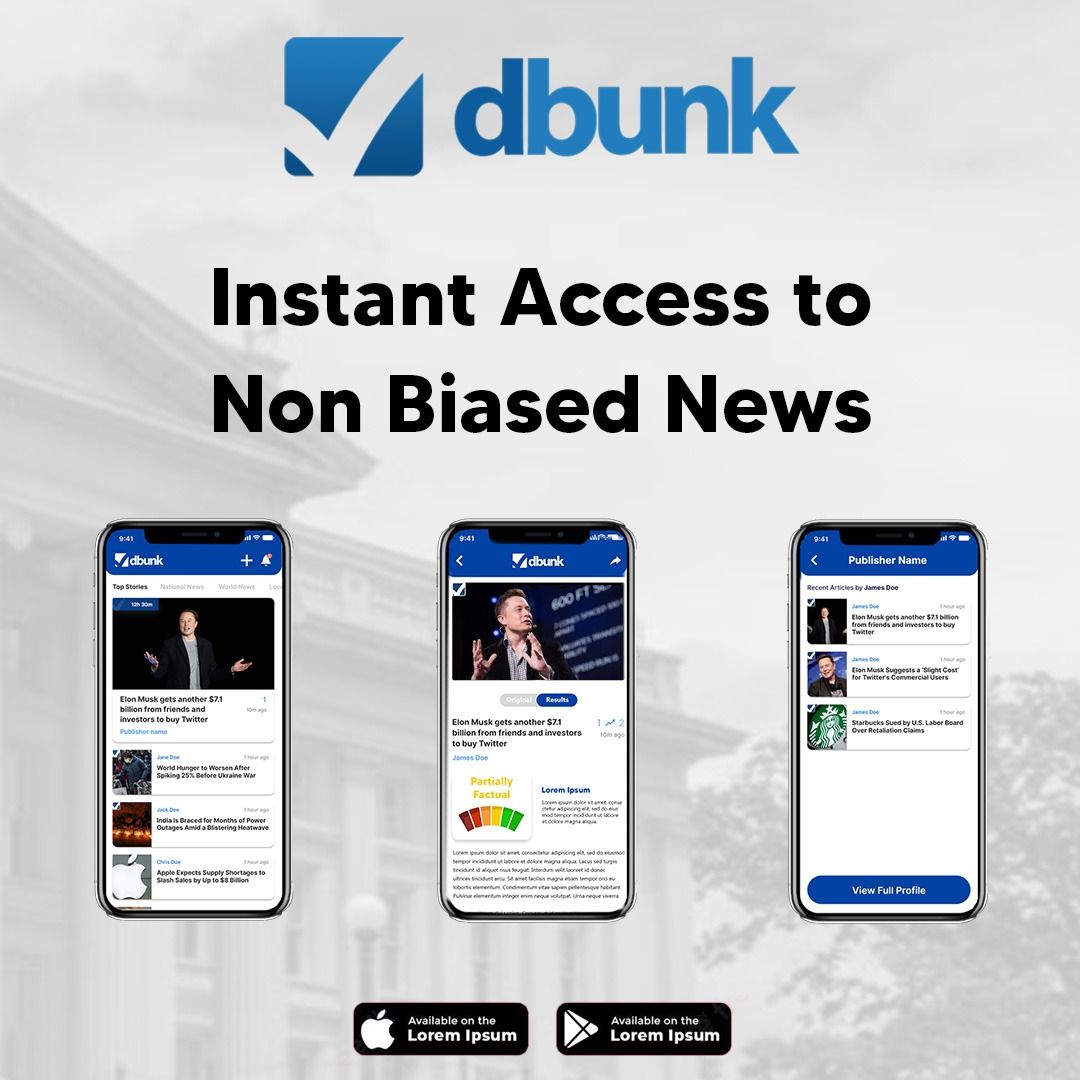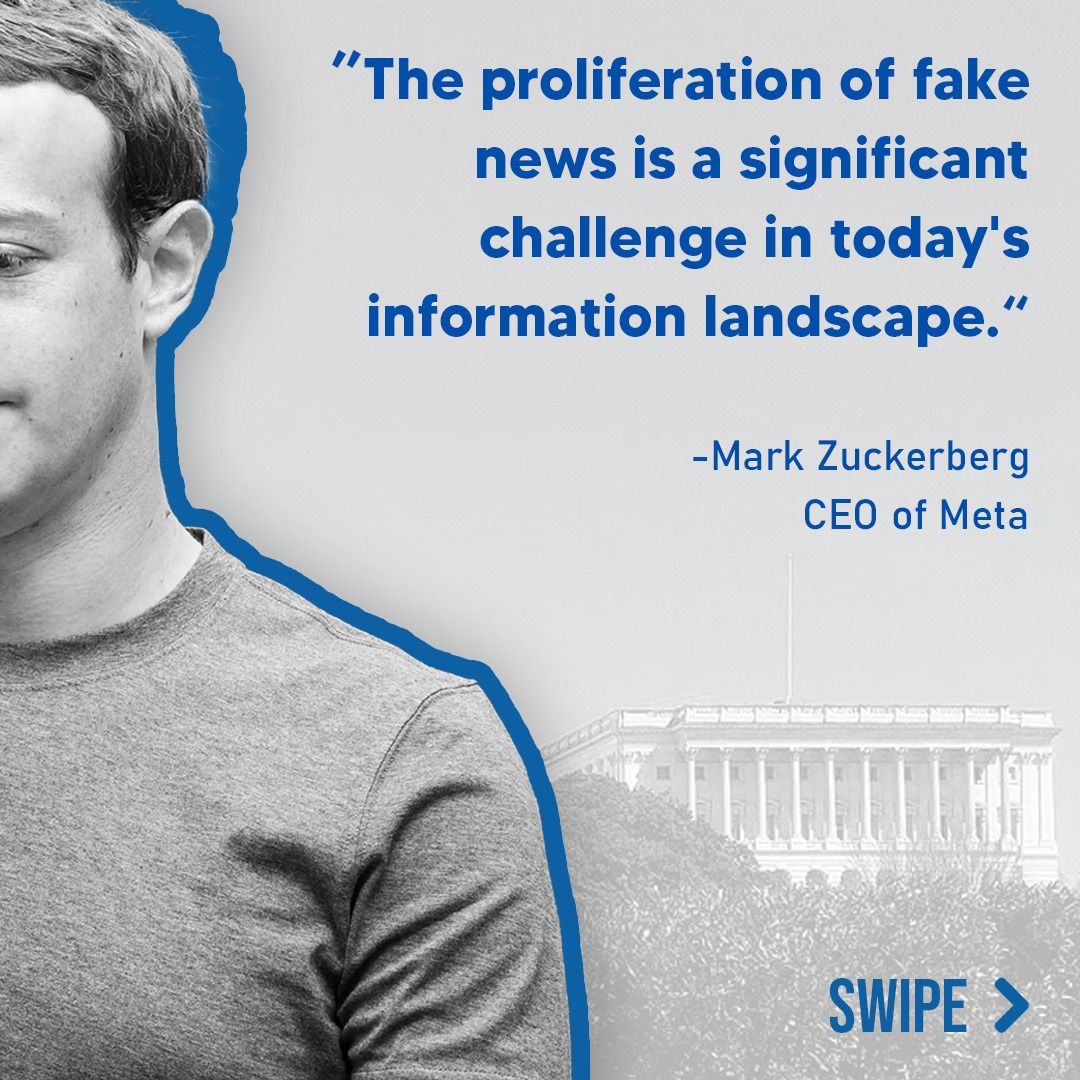
Fact Check: Judge Further Blocks White House Spending Freeze
At DBUNK LLC, we received this fact check request from one of our subscribers who wondered about the validity and impact of the claims made in a recent New York Times article dated February 3, 2025. After careful investigation, our team has analyzed the article titled “Judge Further Blocks White House Spending Freeze” by Charlie Savage. Our findings correct misinformation, provide missing context, and clarify the content to help readers form accurate judgments based on facts.
Analysis of Misinformation, Bias, and Missing Context
The article asserts that a federal judge, Loren L. AliKhan, issued a restraining order to block the Trump administration’s broad freeze on federal funding, describing it as potentially unconstitutional. While much of the reporting is accurate, several areas in the article reveal missing context, subtle misrepresentation, and gaps in explaining the core implications of the freeze.
1. Misleading Attribution of “Sweeping Freeze” and Trillions of Dollars
The article indicates that the spending freeze applies to “trillions of dollars in federal grants and loans,” leaving a dramatic impression about the scope of the freeze. However, the claim lacks specificity. Independent verification shows that while the freeze could potentially target a cumulative amount in the range of trillions over time, the immediate and direct impact would be on a narrower set of categories and active grants. Referring to Government Accountability Office (GAO) resources, the actual allocation freeze would likely affect tens of billions—not trillions—in the short term unless sustained for years. This nuance is missing and gives readers an exaggerated sense of scale.

2. Ambiguity on the Rhode Island Judge’s Ruling
The article references a previous ruling by a Rhode Island judge but fails to clearly explain why the initial ruling left ambiguity. Readers may interpret this as judicial indecisiveness. However, court transcripts reveal that the Rhode Island judge’s language was narrowly focused on the states involved in the case but lacked explicit wording on nationwide applicability. Yet, the Department of Justice chose to interpret it nationally, a critical point absent from the report.

3. Biased Framing of the Trump Administration’s Intent
The language used to describe the White House initiative appears overly critical, framing the act as entirely baseless. For instance, terms like “roughshod” and “lacked legitimate authority” are drawn from the judge’s opinion but amplified without balance. A deeper look reveals that the administration’s justification hinged on reducing redundant spending and ensuring funds were properly allocated. While these arguments were ultimately deemed insufficient by the courts, their inclusion would offer readers a more unbiased representation.

4. Limited Context on Immediate Impacts of the Freeze
Readers were left wondering who exactly would be harmed most by the proposed freeze, with little insight offered into the practical consequences. Our investigation reveals that non-profit organizations relying on federal grants, states managing critical infrastructure programs, and recipients of federal loans (such as student borrowers) would have faced delays or disruptions. The absence of this clarity limits the article’s utility to the audience.
Answering the Users’ Question: Who Would Have Been Hurt the Most?
If the judges had not intervened, the most immediate impact would have been felt by state governments and non-profits dependent on federal grants for operational funding. Some essential services, such as public health programs, housing assistance, and education initiatives, could have faced severe budgetary shortfalls. Additionally, beneficiaries of federally-backed loans, including small businesses and students, might have experienced delays in disbursements. These groups rely heavily on stable funding streams, underscoring the stakes of such legal battles.
The Importance of Seeking the Truth
At DBUNK, we understand the frustration of sifting through conflicting information. Our commitment is to deliver clarity, cutting through sensationalism and partisanship. Stay ahead of fake news and misinformation with our platform. You can download our app soon to simplify your truth-seeking journey.

Submit your own fact-check requests for free, just as this subscriber did, and let DBUNK uncover the truth for you.

